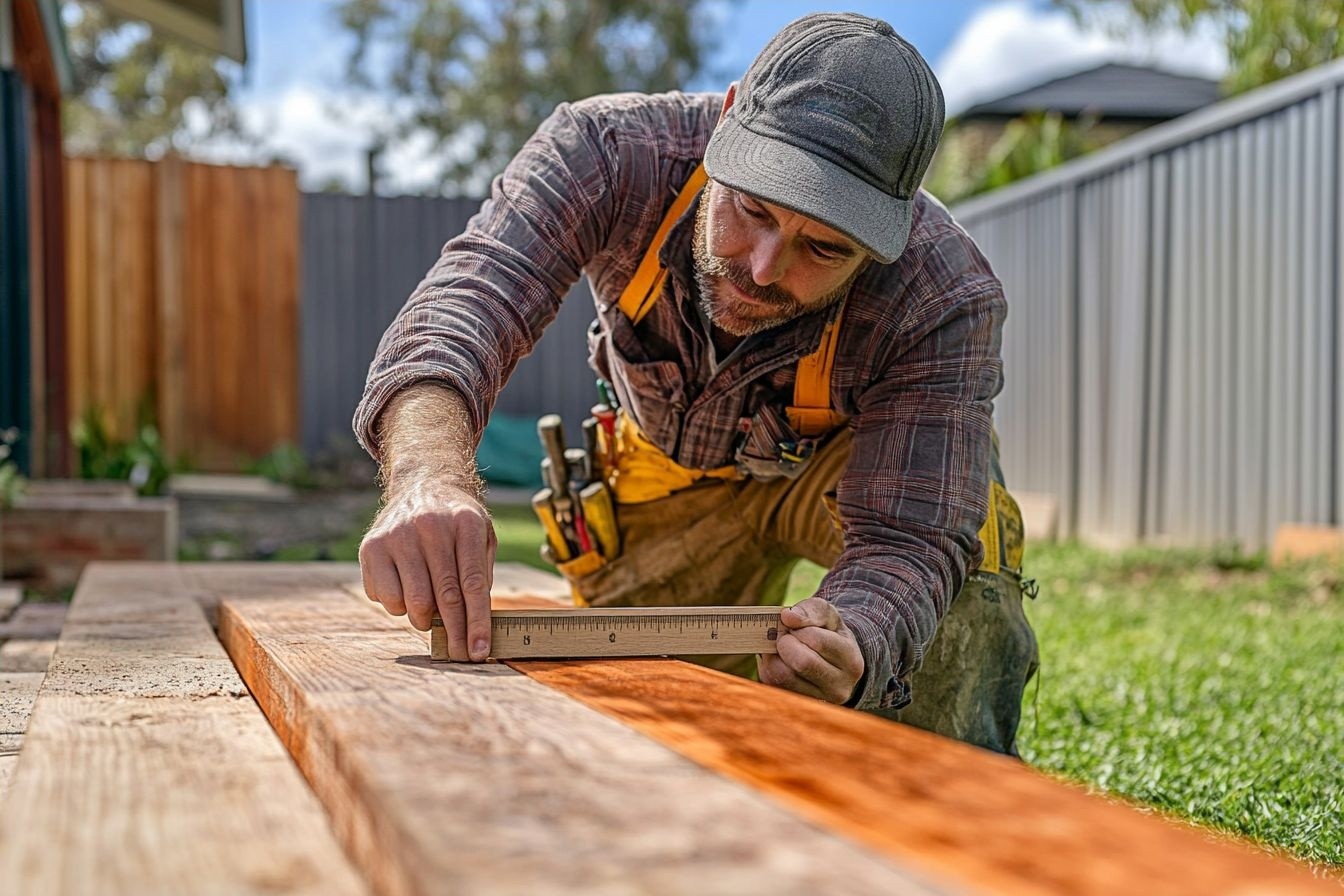Garden Sheds: The Perfect Solution for Organizing Your Outdoor Space
A garden shed is more than just a storage space; it's a versatile addition to any home that can transform your outdoor living area. Whether you're an avid gardener, a DIY enthusiast, or simply looking for extra storage, a garden shed offers numerous benefits. From providing a dedicated space for your tools and equipment to creating a cozy retreat, these structures have become an essential feature in many backyards.

Another benefit of garden sheds is their ability to enhance the aesthetics of your outdoor space. With various designs and materials available, you can choose a shed that complements your home’s architecture and landscaping. Some homeowners even use their sheds as charming focal points in their gardens, adorning them with window boxes or climbing vines.
How do you choose the right garden shed for your needs?
Selecting the perfect garden shed requires careful consideration of several factors. First, assess your storage needs and available space. Measure the area where you plan to place the shed and determine how much room you’ll need for your belongings. Consider the height of the shed as well, especially if you plan to store tall items like ladders or long-handled tools.
Next, think about the material of your garden shed. Wooden sheds are popular for their natural look and customization options, while metal sheds offer durability and low maintenance. Plastic sheds are lightweight and easy to assemble, making them a good choice for those seeking a quick solution. Each material has its pros and cons, so weigh your options based on your budget, climate, and aesthetic preferences.
What are the key features to look for in a wooden shed?
Wooden sheds are a classic choice for many homeowners due to their versatility and attractive appearance. When selecting a wooden shed, look for high-quality, treated timber that can withstand the elements. Cedar and redwood are naturally resistant to decay and insects, making them excellent choices for long-lasting sheds.
Pay attention to the construction of the shed, including the thickness of the walls and the quality of the roof. A sturdy floor is essential for supporting heavy equipment and preventing moisture from seeping in. Look for sheds with proper ventilation to prevent dampness and mold growth. Windows can provide natural light and improve air circulation, while a wide door allows for easy access to larger items.
How can you maximize storage in your garden shed?
Organizing your garden shed efficiently can help you make the most of the available space. Start by installing shelving units along the walls to keep smaller items off the floor. Use pegboards or wall-mounted hooks to hang tools and equipment, keeping them easily accessible and preventing clutter. Consider adding overhead storage racks for seasonal items or less frequently used belongings.
Utilize vertical space by incorporating tall cabinets or stackable storage containers. Invest in a workbench with built-in storage for a functional workspace that doesn’t compromise on organization. Don’t forget to label containers and designate specific areas for different categories of items to maintain order in your shed.
What are some creative uses for a garden shed beyond storage?
While storage is the primary function of most garden sheds, these versatile structures can be repurposed for various creative uses. Some homeowners transform their sheds into cozy home offices, providing a quiet space away from household distractions. Others create art studios or craft rooms, taking advantage of the natural light and inspiring outdoor surroundings.
Garden sheds can also be converted into charming guest accommodations, playhouses for children, or even small greenhouses for year-round gardening. With proper insulation and electrical connections, a shed can become a comfortable retreat for relaxation or pursuing hobbies. The possibilities are limited only by your imagination and local building regulations.
How do you maintain and protect your garden shed?
Proper maintenance is crucial for ensuring the longevity of your garden shed. Regularly inspect the roof for any signs of damage or leaks, and repair them promptly to prevent water infiltration. Clean gutters and downspouts to ensure proper drainage away from the shed’s foundation.
For wooden sheds, apply a protective sealant or paint every few years to guard against moisture and UV damage. Check for signs of rot or pest infestation, addressing any issues immediately. Keep the area around the shed clear of debris and vegetation to discourage pests and reduce moisture buildup.
Ensure proper ventilation by opening windows or vents regularly, especially during humid periods. Use a dehumidifier if necessary to control moisture levels inside the shed. By following these maintenance tips, you can keep your garden shed in excellent condition for years to come.
In conclusion, a garden shed is a valuable addition to any home, offering practical storage solutions and creative possibilities for outdoor living. By carefully selecting the right shed for your needs and maintaining it properly, you can enjoy the benefits of this versatile structure for years to come. Whether you’re storing garden tools, creating a workshop, or designing a personal retreat, a garden shed can transform your outdoor space and enhance your lifestyle.






